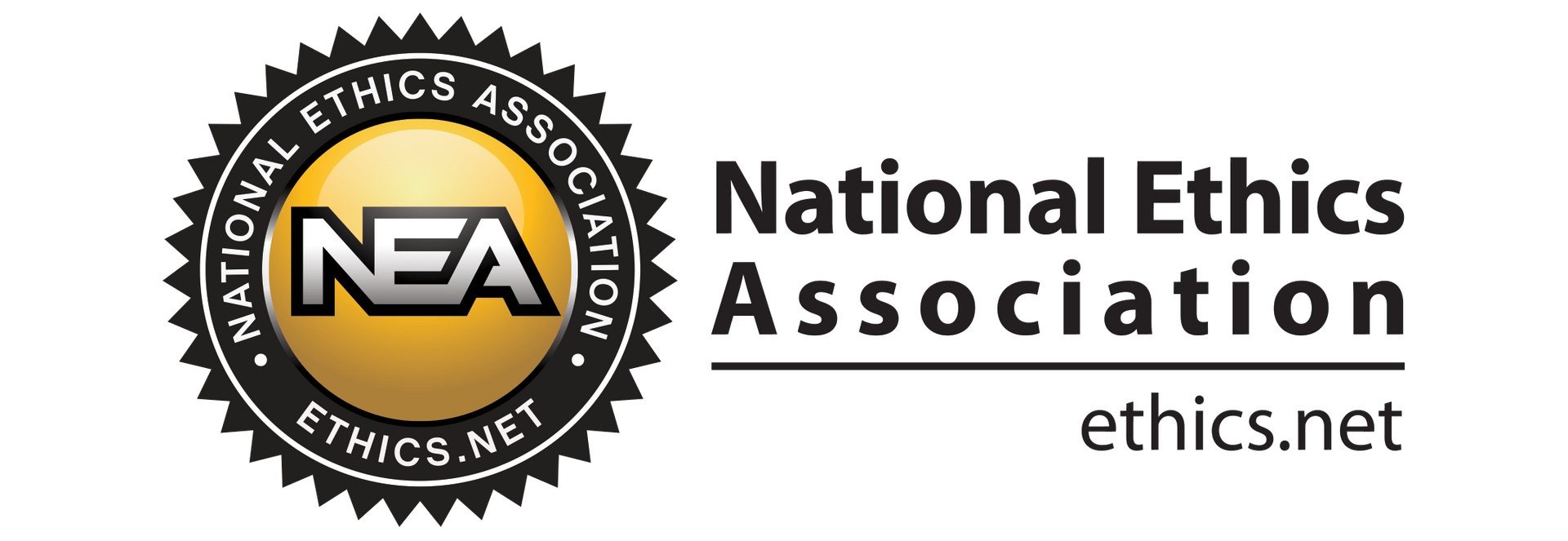Planning for the Five Big Tax Challenges in Retirement
Planning for the 5 Big Tax Challenges in Retirement
Creating a retirement paycheck that generates the income you need while keeping you in the lowest possible tax bracket isn’t as easy as it seems. All the planning you did while working – like saving retirement funds in tax-deferred accounts and diversifying by purchasing a second home, can turn into tax bombs as you move through retirement.
The consequences of higher income aren’t limited to a bigger tax bill – they can also include expensive Medicare surcharges. What’s the solution? There are some areas where multi-year tax planning can pay off:
- Roth conversions in early retirement
- Delaying social security
- Managing required minimum distributions (RMDs)
- Sale of second home
- Surviving spouse income planning
Roth Conversions in Early Retirement
Withdrawals from tax-deferred accounts are taxed at ordinary income rates. Later in retirement, when RMDs kick in at age 72, the years of compounding that have resulted in a hefty balance can mean a big tax bill. For a point of reference, AARP has a convenient RMD calculator. A $1 million 401k account would have an RMD of $36,496 if the owner turned 72 in 2022.
Add in taxable social security income for both spouses, pensions, and income from other sources, and you can quickly move up into higher tax brackets.
There are several benefits to a Roth conversion in the early years of retirement:
- Taxes are historically low and are likely to increase in future
- Doing a conversion before social security or Medicare means you avoid taxation
- Removing funds from a tax-deferred account can mean lower or no RMDs at age
Delaying Social Security as Long as Possible
Delaying social security increases the amount of your annual benefit by 8% per year for every year after your full retirement age, until age 70. Since 15% of social security benefits are tax-free, the higher the benefit, the greater the tax-free income. For a married couple, several strategies can make delaying work for the budget now and for long-term income and tax benefits. For example, the higher-earner may delay while the lower-earner claims early.
It can be complicated to think through, but it’s worth it to create a social security claiming strategy in the context of taxes and all other sources of income.
Managing Required Minimum Distributions
If you’ve converted tax-deferred assets to a Roth early in retirement, you’ve already lowered or eliminated your RMDs. But if you still have an account balance that you are using for an asset location strategy, you may want to offset your RMDS through charitable giving.
A qualified charitable distribution (QCD) of up $100,000 annually can be used to offset your RMD. The funds go directly to the charity and are counted as your RMD but not as income. This can be more beneficial from a tax perspective than taking the distribution, donating the funds, and taking the tax write-off.
Which is Your Primary Home? Switching Can Make a Big Difference
If you sell your primary residence, you can exclude up to $500,000 from capital gains taxes for a married couple. This replaced the one-time exclusion of all capital gains. The exclusion is lower, but you can use it more than once.
If you have a second home, it may make sense to follow the IRS rules and make it your primary residence for at least two of the five years before the sale. If you want to downsize from your family home in the future, you’ll need to wait at least two years for another sale, as you can only qualify for the exemption every other year.
Preparing for a Surviving Spouse
After the death of a spouse, the surviving spouse’s tax status will change to either single filer or qualifying widow/widower. While income may be lower, the change in tax status can result in a bump up to a higher tax bracket. Planning can ease the tax burden and make the transition easier. Reviewing assets and developing a plan across the estate is a sound strategy.
Consider:
- Step-up in basis on assets held outside retirement plans. These include real estate, stocks, bonds, funds, and other real property
- Rolling over retirement accounts
- Sale of primary home within two years of spouse for the maximum exemption
- Filing federal taxes to inherit any unused portion of the estate tax exemption
The Bottom Line
Income and taxes go hand-in-hand in retirement, even more than in your working years. Planning ahead with a multi-year approach to lowering lifetime taxes – instead of taxes in any one year – can keep your retirement on track, lifestyle in place, and legacy secure.
Disclaimer:
The information contained herein is intended to be used for educational purposes only and is not exhaustive. Diversification and/or any strategy that may be discussed does not guarantee against investment losses but are intended to help manage risk and return. If applicable, historical discussions and/or opinions are not predictive of future events. The content is presented in good faith and has been drawn from sources believed to be reliable. The content is not intended to be legal, tax or financial advice. Please consult a legal, tax or financial professional for information specific to your individual situation.




